Models at the Britannia Royal Naval College – COLIN BISHOP reports
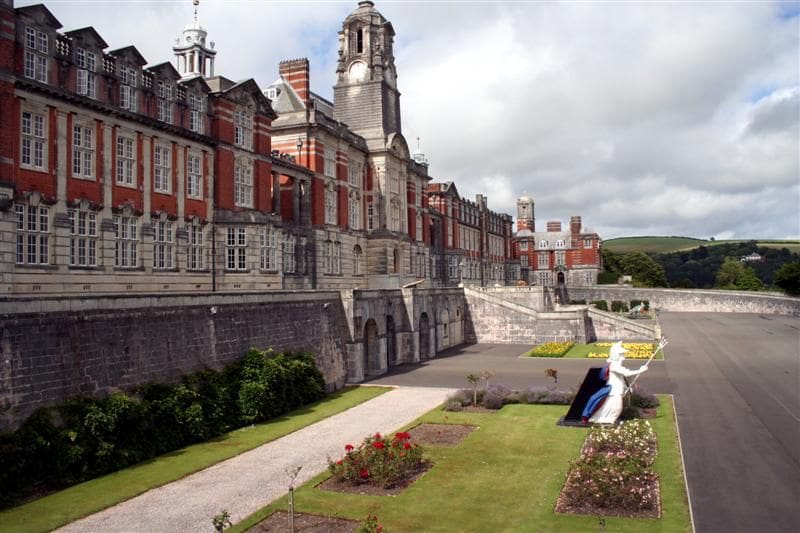
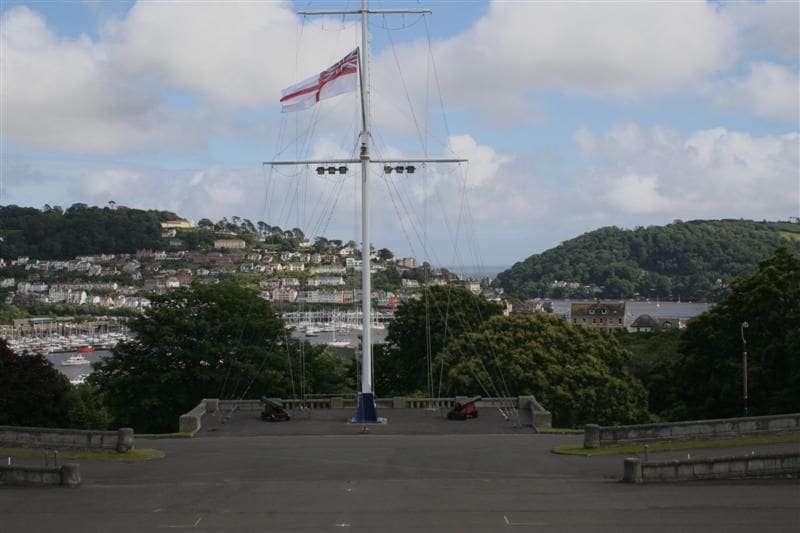
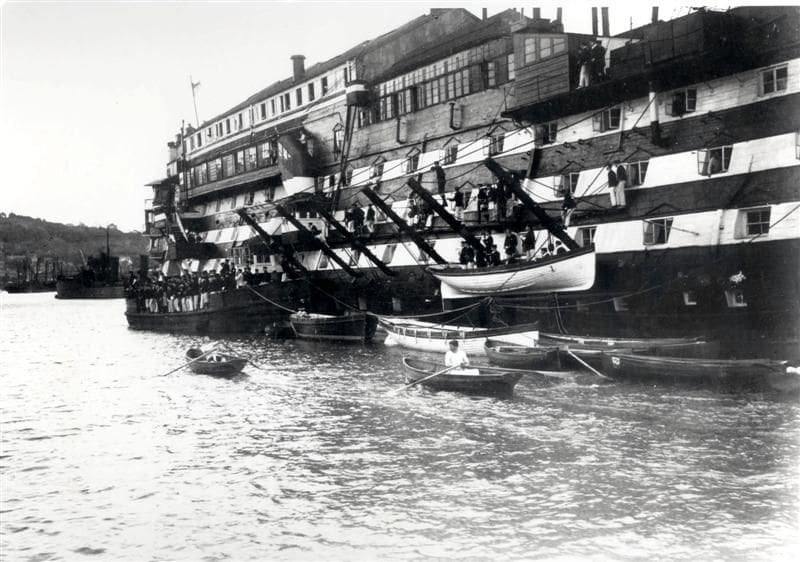
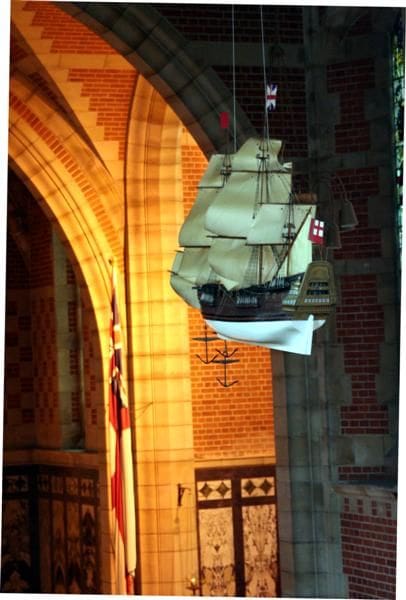
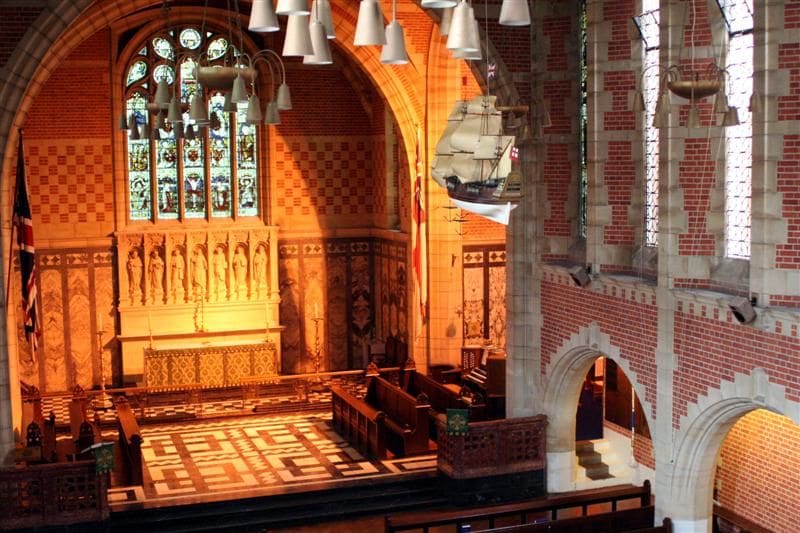
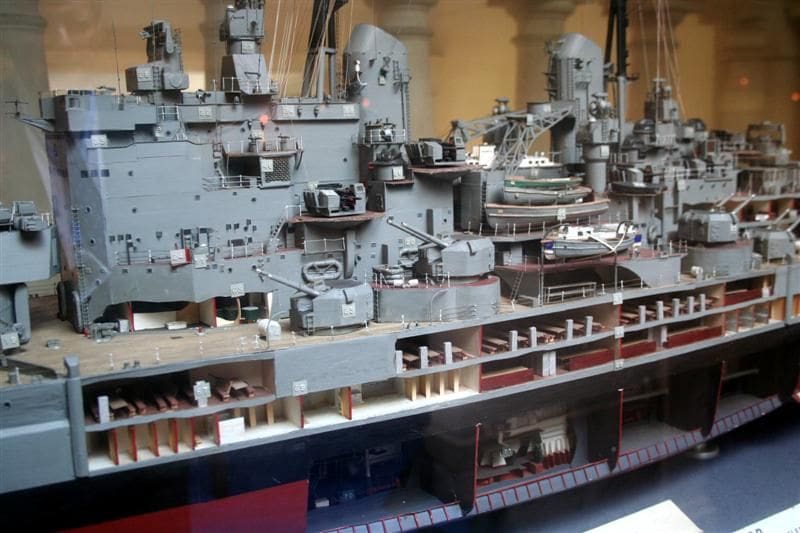
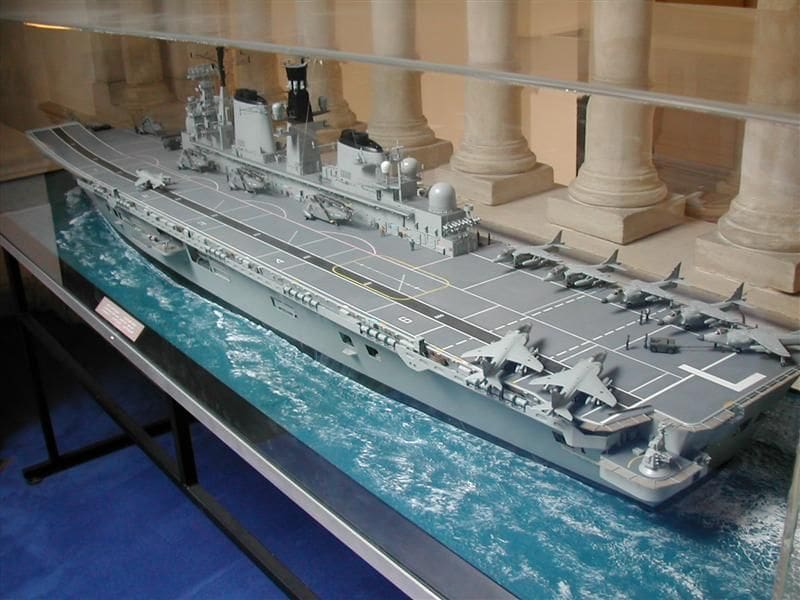
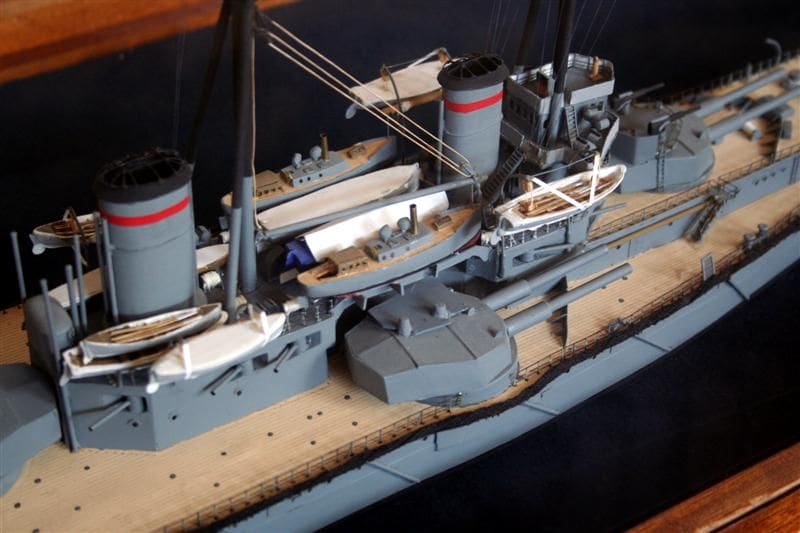
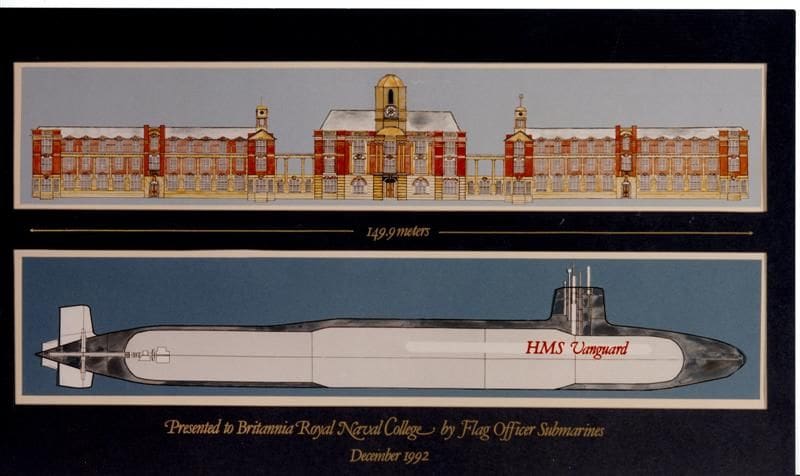
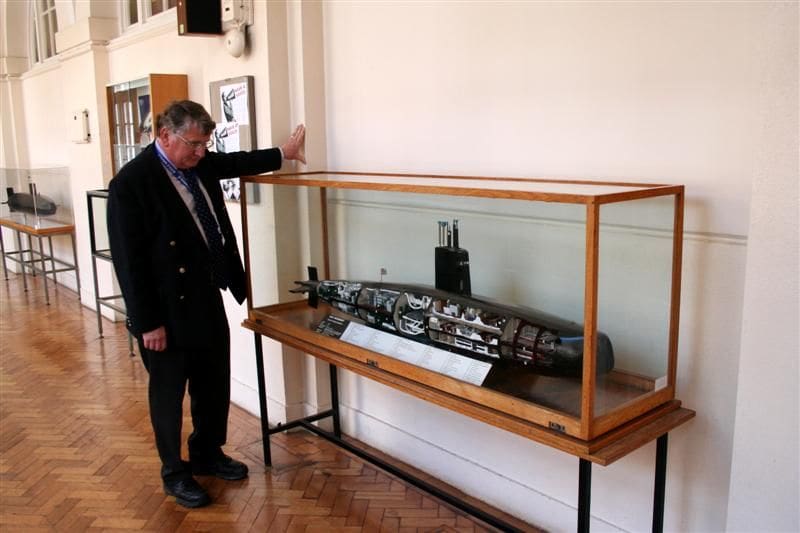
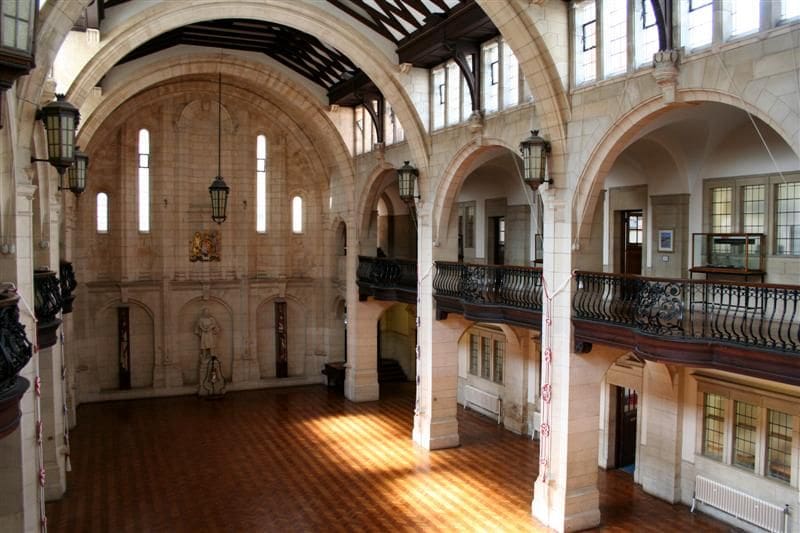
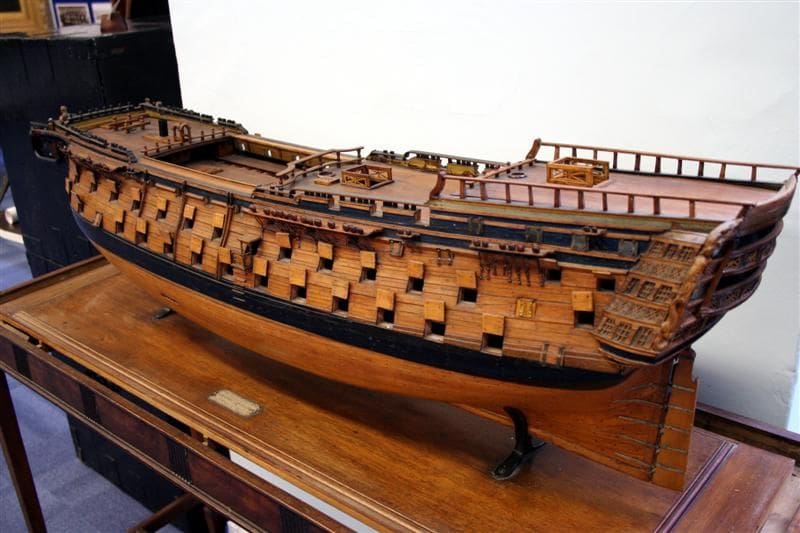
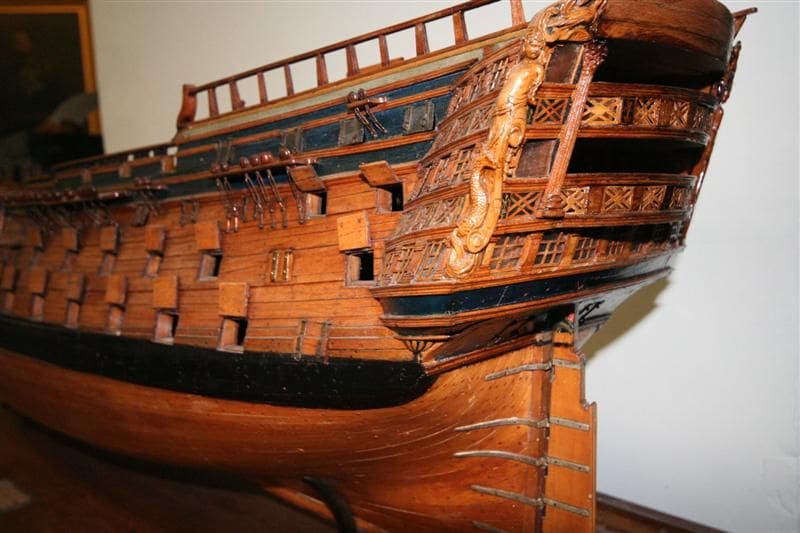
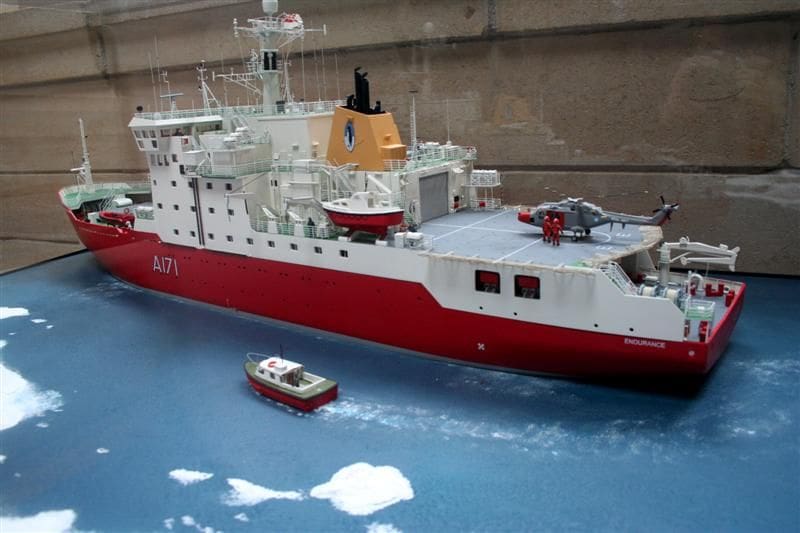
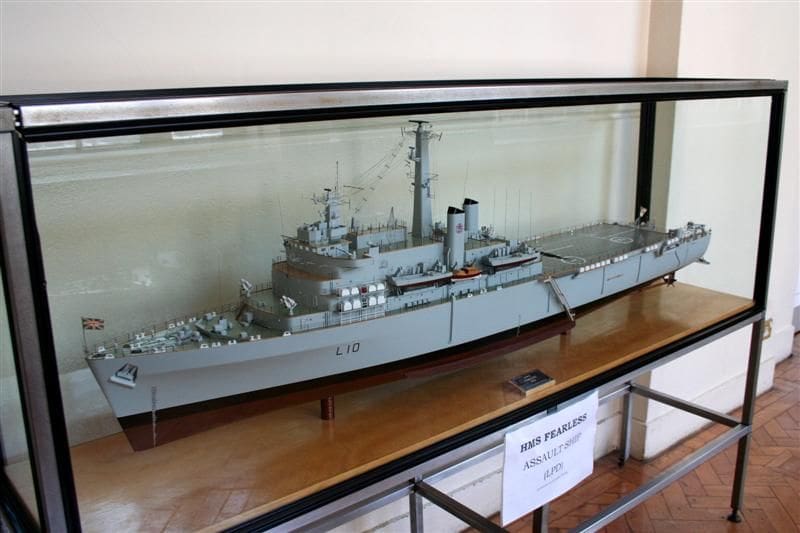
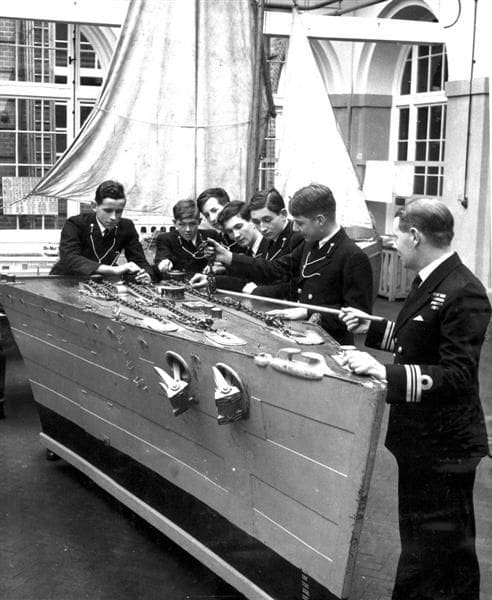
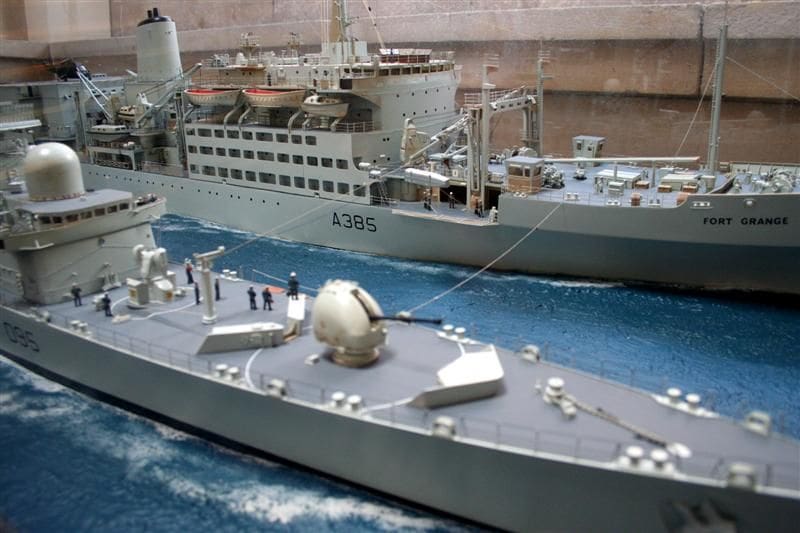
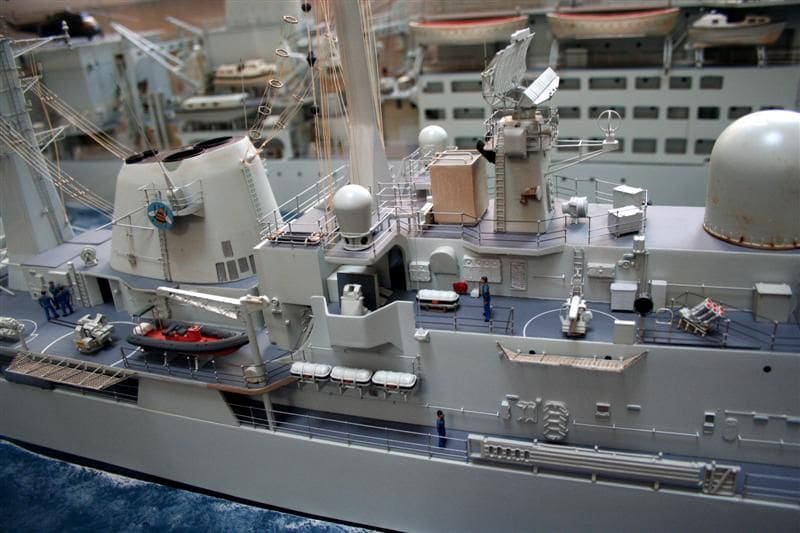
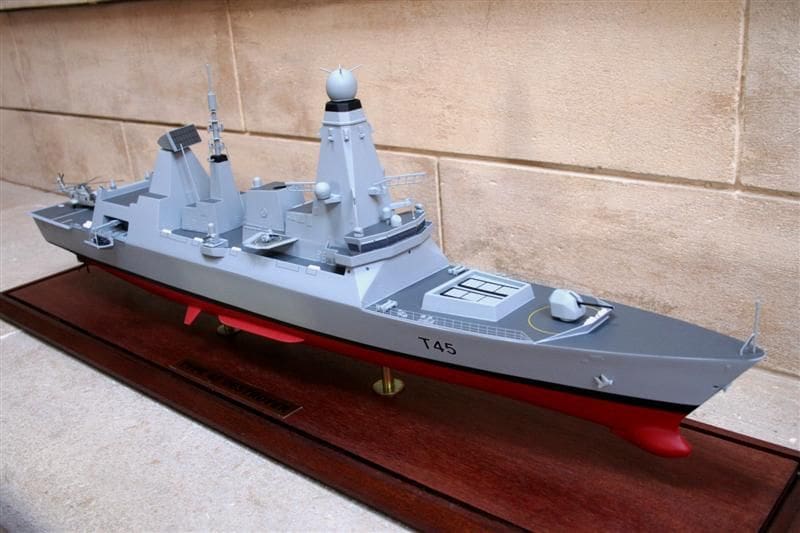
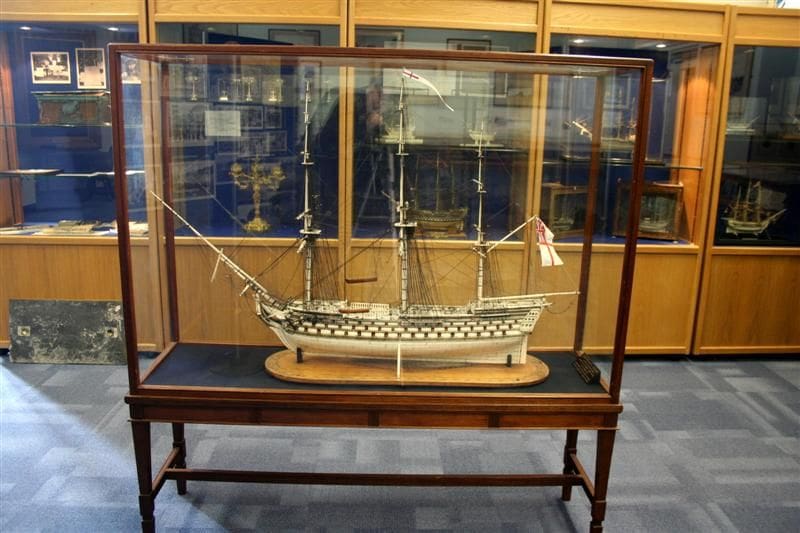
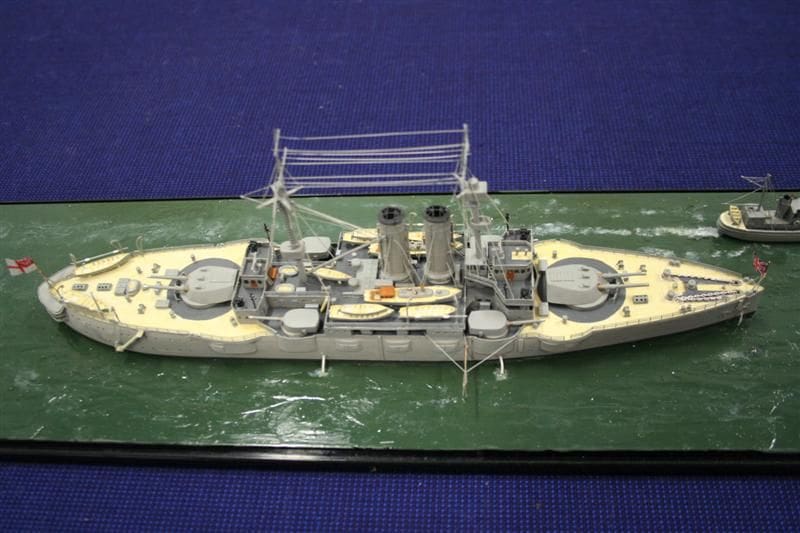
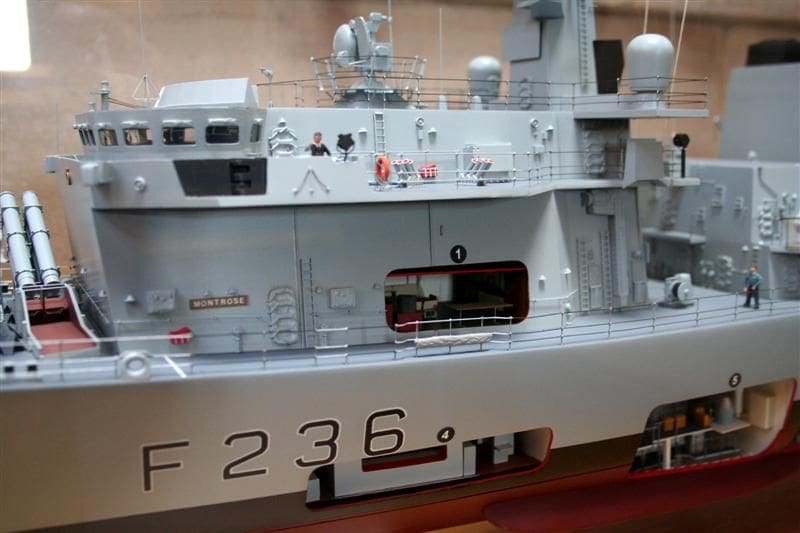
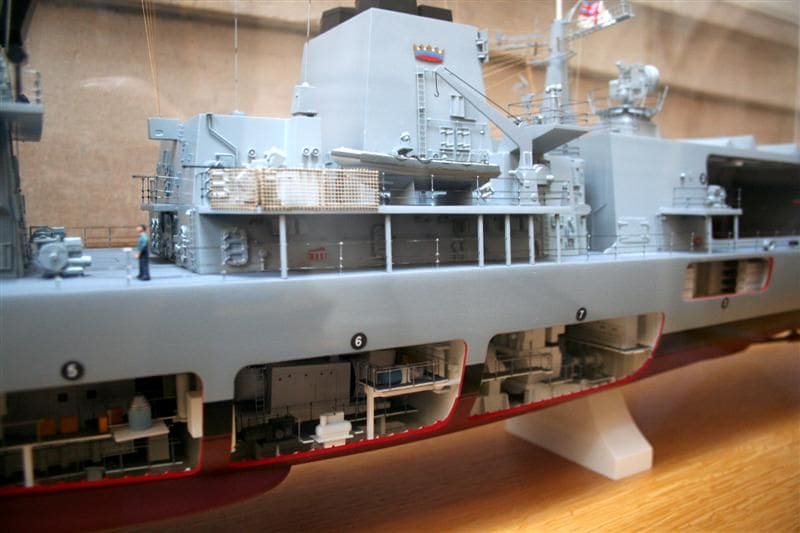
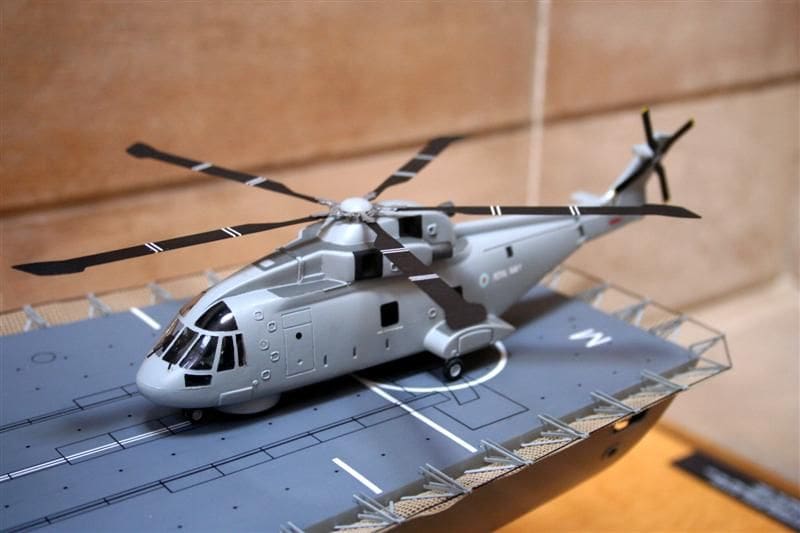
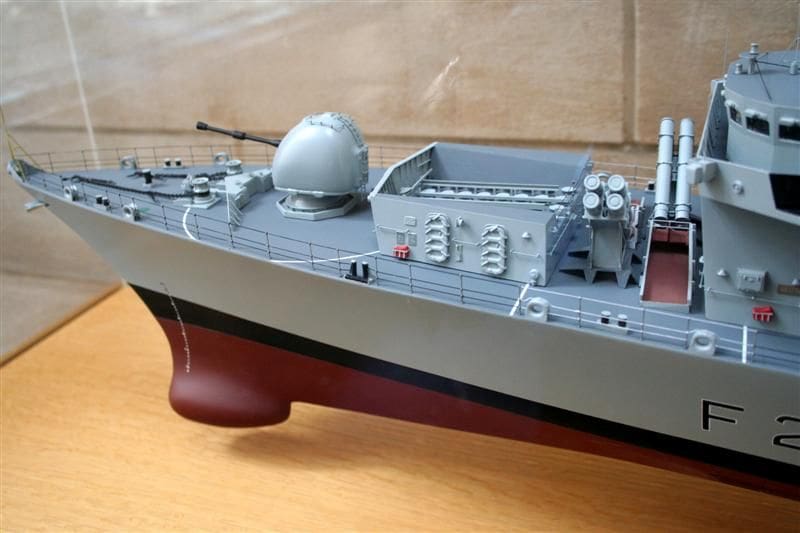
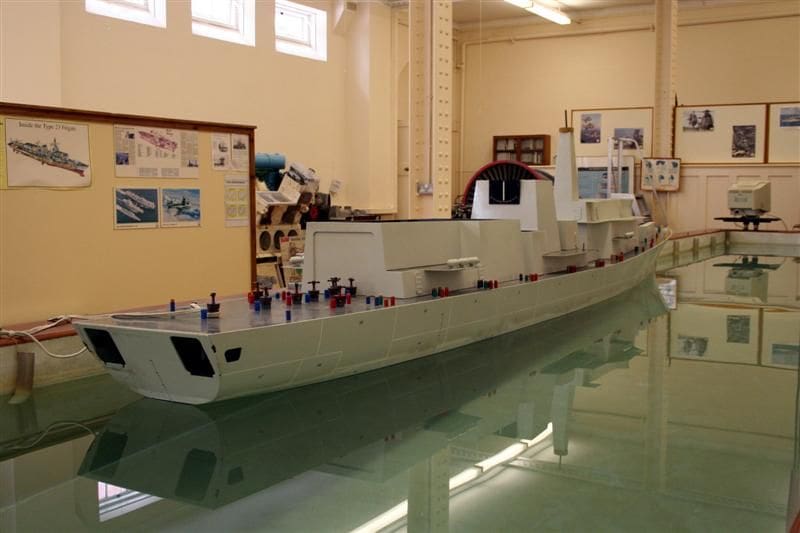
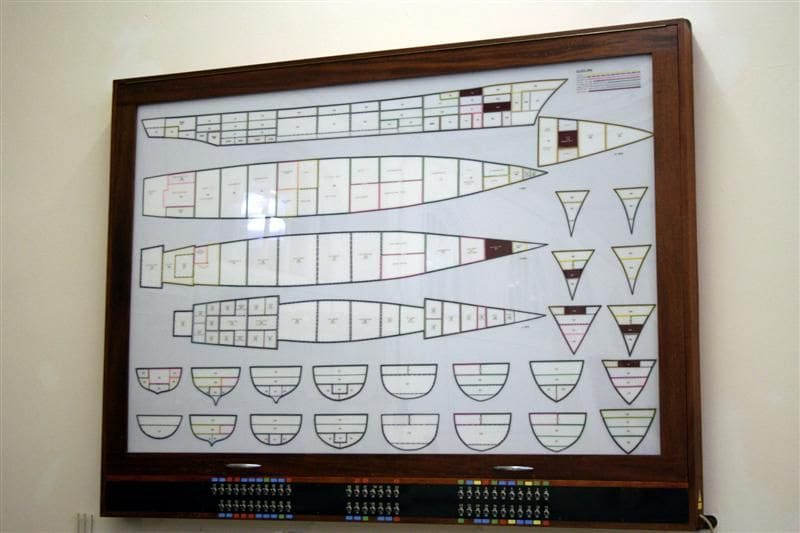
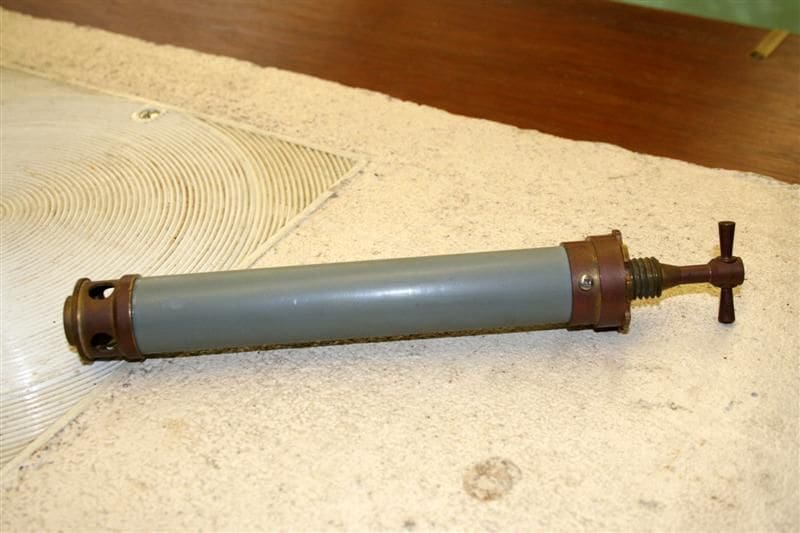
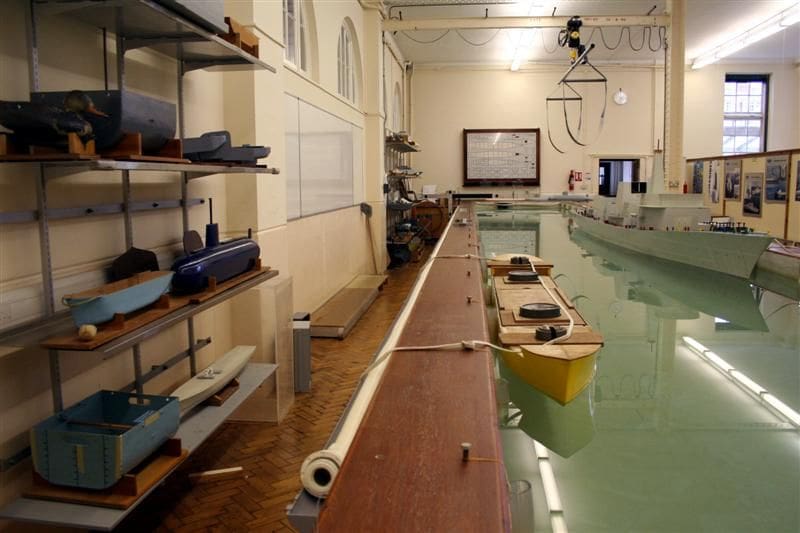
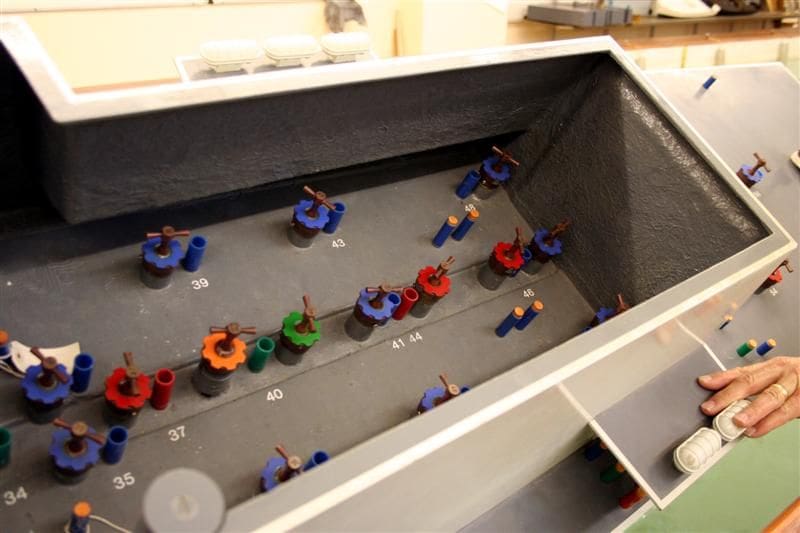
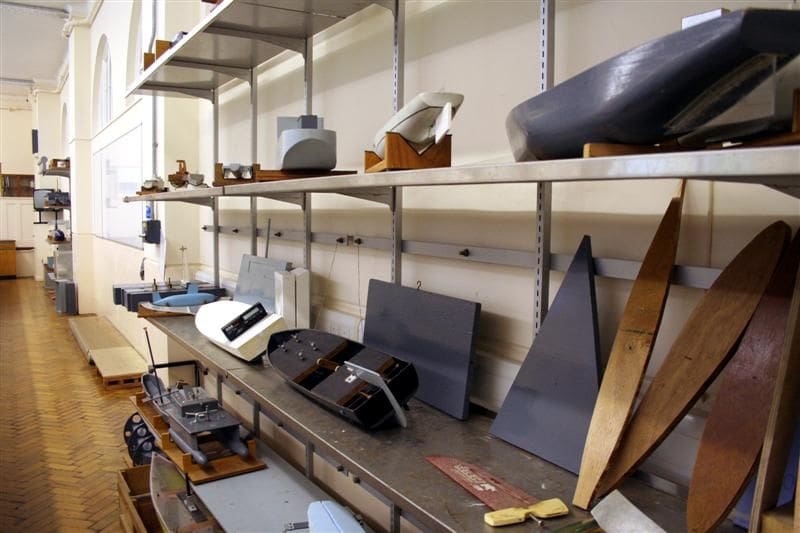
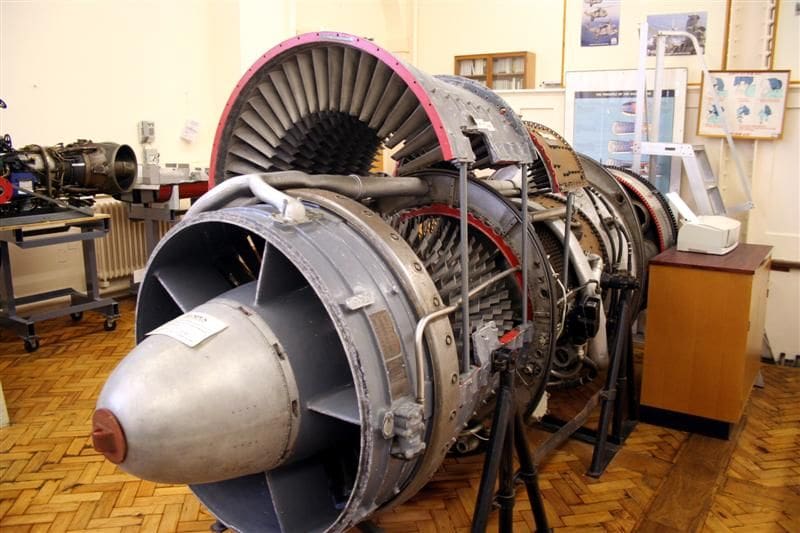
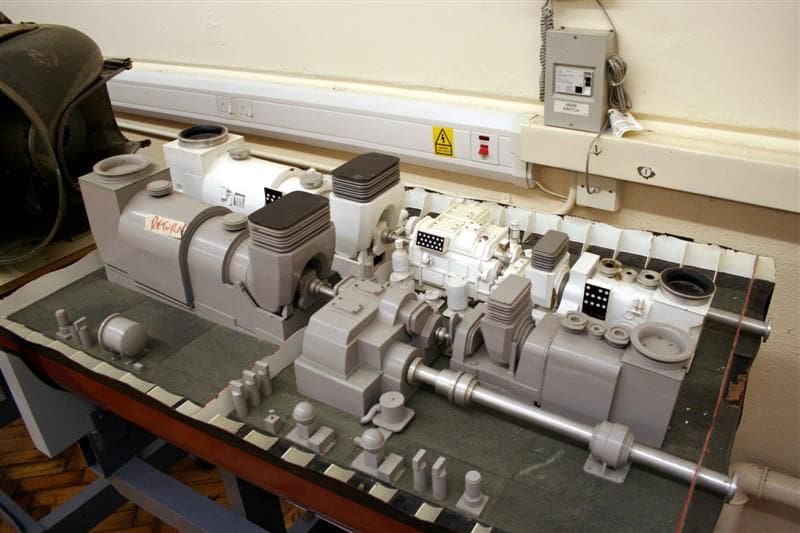
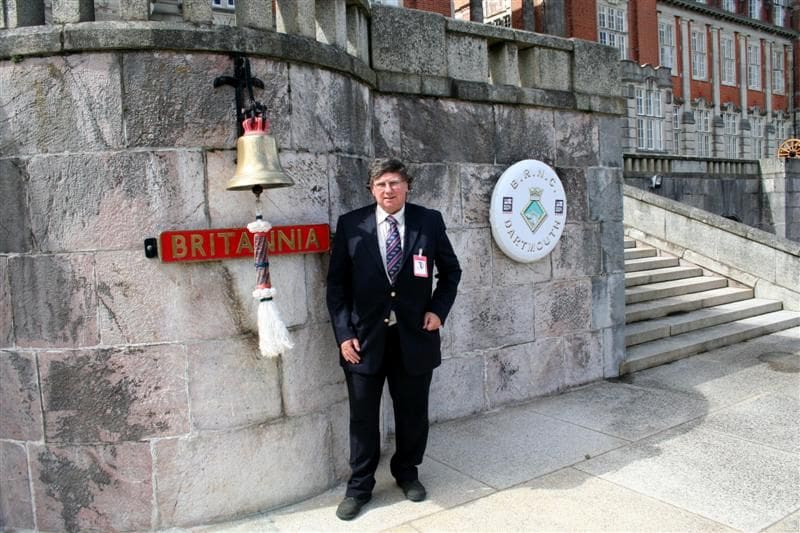
The impressive facade of Britannia Royal Naval College.
The Britannia Royal Naval College
Enjoy more Model Boats Magazine reading in the monthly magazine.
Click here to subscribe & save.
The estuary of the river Dart is an idyllic spot. Two romantic castles stand watch at the narrow entrance framed by steep green headlands. A little further upstream the river opens out into a wide deep anchorage on the banks of which the twin towns of Dartmouth and Kingswear climb their respective hills. The views, whether from the slopes or from either waterfront, are stunningly picturesque whichever way you look. Yet there is much more to the Dart estuary than the scenery. The sheltered deep water port has been of strategic significance for almost 1,000 years or more. It was from here that Richard the Lionhearts Crusader fleet sailed to the Holy Land in 1190 and the estuary was a major assembly point for the D-Day fleets which took part in the liberation of Europe in 1944.
Overlooking this historic spot and occupying an elevated site with extensive views over the town and out towards the open sea is the Britannia Royal Naval College (BRNC). The impressive building you see today is of no great antiquity having been completed in 1905. Its origins do however go back some 40 years earlier to the old wooden walls HM Ships Britannia and Hindustan which formed the original Dartmouth naval cadet training establishment. By 1875 recommendations were already being made for a shore based establishment to replace the unhealthy environment onboard the moored ships, but it was not until 20 years later that the project finally got under way not unlike todays road improvement schemes!
The college was designed by Sir Aston Webb as a public school in the English country estate style and is considered to be a masterpiece of Edwardian architecture with many subtle nautical motifs and themes incorporated into the design. Completion of the college coincided with a complete overhaul of naval officer training largely directed by the famous Jacky Fisher, then Second Sea Lord, with the aim of imparting a modern education to reflect the enormous changes brought about by the steam age and the challenges arising from the naval rivalry with Germany. This basic educational structure remained unchanged until after the Second World War, but with changes in course content to reflect improved technology. Since then the college has evolved to meet the needs of the nuclear age and the new 21st Century has brought further challenges to which the college has responded. Today BRNC provides a varied and comprehensive state of the art training regime to RN and students from foreign navies alike. The underlying ethos of leadership has not changed, the declared objective being: To train and educate young officers to meet the challenging standards of the front line.
I had visited the college a few years ago in the company of my brother Chris who is a senior lecturer and had admired the many models on display. So when he suggested that I might like to write about the models for this magazine I lost no time in securing editorial approval. Permission to visit had to be obtained from Commodore Martin Alabaster RN, commanding officer and my host for the day was the Curator (and senior lecturer) Dr. Richard Porter. Not surprisingly Richard was a mine of information, being the prime mover for setting up a permanent museum at the college and his knowledge and enthusiasm of the art and model collections in the college was an education in itself.
The display models and the Britannia Museum
Wherever you go in the main areas of the college you will see models. Without exception they are beautifully presented and displayed, but these are no mere museum pieces. Many of them were commissioned as educational aids and are very much working models. Others constitute historical collections with complete sets of models bearing a famous RN name such as Britannia or Vanguard. Because of the practical use to which the models are put, a number of older models of ships no longer in service have been discarded and their ultimate fate is unknown. Others have been dismantled such as the large training model of HMS Rodneys foredeck built by the famous modelmaking firm of Bassett Lowke, of which only the anchors now remain as doorstops.
One model which is unusually displayed, is of the first HMS Britannia of 1682. Built by apprentices in Chatham Dockyard, as was the original vessel, it is suspended above the nave in the college chapel.
Many of the more modern models in the collection were commissioned as teaching aids from modelmaker Julian Glossop and later his son John, of Cambridge. The later examples probably equate to Silver Medal standard in the Model Engineer Exhibition and are superb models in their own right, but possibly the most impressive is that of the earlier model of the battleship HMS Vanguard of 1946, to 1:96 scale made by Julian Glossop which is constructed with various sections cut away to reveal the internal construction and layout. Nearby is a model of the current HMS Illustrious to the same scale, which was the subject of discussion by a study group of young naval officers during my visit.
In 1999 Dr Porter was instrumental in setting up the Britannia Museum within BRNC which acts as a focus for the many historical items on the premises and houses a core of important exhibits and records. Among the models here are the exquisite bone ship models rigged with human hair made by French prisoners of war in Napoleonic times and which form part of the A. J. Cadbury collection. Of interest to miniaturists is a waterline model of the pre-dreadnought HMS Britannia of 1906, but the ship which really caught my eye was the Admiralty Board model of HMS Royal George, a 100 gun ship of the line launched in 1756. Naval history buffs will know of her sad fate in 1782 when she capsized at Spithead when being heeled for repairs, taking with her Admiral Kempenfelt and some 900 crew and visitors. Many of the dead were later washed up at Ryde on the Isle of Wight and buried on the foreshore where there is a memorial to them. The tragedy gave rise to the famous poem by William Cowper, Toll for the Brave. Seeing the model, which of course predated the ship herself, really does bring history to life. Unlike most Board models, this one is fully planked with the exception of a small area to show the internal construction.
Not all models are displayed singly. There is an excellent replenishment at sea double model of the Type 42 destroyer HMS Manchester receiving stores from RFA Fort Grange. (A complementary model showing refuelling at sea and also made by John Glossop can be seen in the restaurant at Portsmouth Historic Dockyard). A more colourful display is a large scale diorama of HMS Endurance of Falklands fame in the Antarctic. Among the modern ships on view was the Type 23 frigate HMS Montrose shown carrying a Merlin helicopter in place of what I believe is the more usual Mk 8 Lynx. As with many of the other models, sections of the hull are cut away to show the internal layout which is not something often seen at our usual model shows.
I hope that the accompanying photos do some justice to the very wide range of models held by the college. Unfortunately it was not possible to get good pictures of some of the earlier sailing navy models which are displayed under glass in low lighting conditions.
Fine Art and the Library
Britains naval heritage is also reflected in the many paintings held by BRNC which cover all periods; subjects depicting the Edwardian and World War 1 eras being particularly prominent. As you would expect, there is also a magnificent library with thousands of naval and maritime related books, including many rare editions. Some of these books are the actual volumes that would have been used by the famous naval officers and fighting admirals of the 20th Century. I spent an hour in there just browsing the titles and dipping into the odd volume – it could easily have been a month.
Situated around the college are many fine examples of sculpture and naval related artifacts such as the steering wheel of the old Britannia which is just one of the relics of the ship to be found on site.
Tank testing
The college has its own engineering science laboratory with a large test tank. On the surrounding walls are a variety of full and part models used for experimental and educational purposes which included one or two kits which will be familiar to Model Boats readers. For my visit, the laboratory staff had very kindly hoisted into the tank a training model of an RN Type 23 frigate which is used to teach stability and damage control. This model, which is shown in the photos, is about six metres long and replicates within its hull all the compartments of the full-size vessel. Each compartment has its own flooding valve and vent pipe which allows water to be selectively admitted. It is therefore possible to simulate the effect of action damage and counter flooding remedial measures, as well as exploring general stability issues. I did enquire if anyone had actually sunk the model, but was told that this had not yet occurred, although procedures were in place to recover it in the event that this should happen which involved draining the tank! Since the model has no on board provision for pumping out, it is drained by slowly lifting it out of the tank using a substantial motorised hoist. The Type 23 model replaces an earlier one of the old Tribal Class which was beginning to lose its watertight integrity between compartments, not something which you could easily repair on a model of this nature.
As well as the many models in the laboratory, which also include a complete warship power plant, there is also a full size partially disassembled Olympus gas turbine of the type used to power many RN warships including the Ark Royal Class of aircraft carrier and Type 22 frigates as well as having been used in Concorde. I was told that the unit at Dartmouth originated from a Vulcan bomber.
Acknowledgements
For me, this was a rather special assignment and I felt privileged to be able to view this wonderful collection of models in such a prestigious setting and to have the opportunity to share them with Model Boats readers.
I should like to thank Commodore Martin Alabaster for permission to visit, Dr Richard Porter for giving up his time to conduct me round the college and give me the benefit of his wide ranging knowledge, my brother Chris for suggesting this article and the staff of Britannia Royal Naval College who facilitated my visit and made me very welcome. The wardroom lunch is definitely to be recommended!
For those who would like to find out more, BRNC has its own website: http://www.royal-navy.mod.uk/server/show/nav.3349 or just Google: Britannia Royal Naval College. Dr Richard Porter and his colleague Dr Jane Harrold have also published an excellent book on the history of the college entitled: Britannia Royal Naval College, 1905 2005. A Century of Officer Training at Dartmouth. ISBN 0-9536361-3-5, £25. For anyone interested in the history of the Royal Navy it makes a fascinating read.




